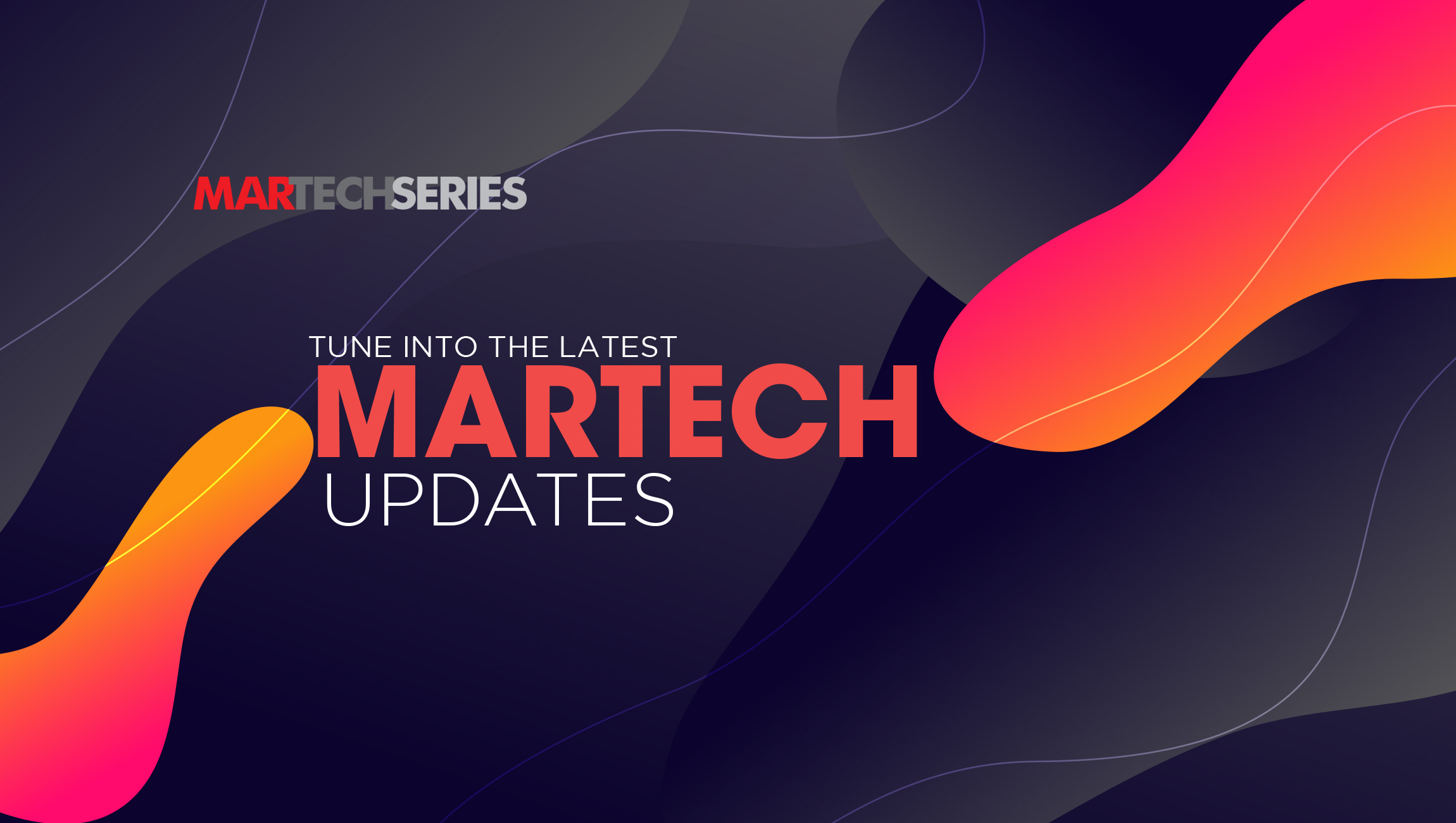Gamers make up 37% of the global internet population. But they can’t simply be defined as one group. To really know gamers, it’s important to look at the different types of gamers to understand what makes them tick and ultimately how brands and marketers can reach different subgroups.
GlobalWebIndex’s latest report on gaming personas identified 6 different gaming subgroups, ranging from casual gamers such as mobile-only gamers (those who don’t play on computers, handheld devices, or consoles) to more hardcore gamers such as Cloud gamers (those that play online using Cloud gaming platforms or streaming services like Steam, PlayStation Now or Google Stadia) and gaming influencers (those that have purchased a game add-on or DLC and broadcast a live stream of their gameplay).
Notably, the more hardcore gamers, such as Cloud gamers or influencers, tend to have a higher income. They’re the most lucrative gaming groups to reach – but how can brands do this?
Firstly, it’s important to understand what makes both Cloud and Influencer gamers distinctive. These audiences are significantly more likely than the global average to buy a product to be a part of the community around it. The community and social element for these groups is absolutely crucial – they thrive off the collaboration and interaction with other gamers. It’s why these groups are engaging with Twitch the most; over half of gaming influencers have used Twitch in the last month, for example. And gaming influencers don’t just play games or watch others play, they’re actively looking to share their own gaming material with others.
Read more: Why Advertising Personalization is Headed Into Video Games
In particular, gaming influencers are more likely than the average internet user to say they’re easily swayed by other people’s opinions (38% more likely than the global average). So not only do gaming influencers have great sway over other gamers, they equally value the opinions of others and likely place significant value on winning the approval and respect of the online gaming community. In GlobalWebIndex’s latest annual trends report, Connecting the Dots, we found that 1 in 4 online gamers in the U.S. and UK say they feel closer to those they game online than with people in real life. And close to 2 in 5 online gamers in the U.S. and UK say the shared experience of playing with other features prominently for why they play games online.
Hardcore gamers are also receptive to brand advertising, with around 3 in 5 hardcore gamers agreeing that they tend to buy brands they see advertised. Cloud gamers are 30% more likely to say this than the global average, rising to 42% for gaming influencers. Carefully considered ads that play on these group’s interests – which includes music, technology, and food and drink – could be particularly effective. As gaming continues to grow and becomes more immersive, there are many emerging Marketing opportunities to reach these consumers, including in-game advertisements and influencer partnerships.
It’s also important to understand hardcore gamers’ distinctive actions in the purchase journey, highlighting a number of ways brands can reach them. Both Cloud gamers and gaming influencers are significantly more likely than average to discover brands through ads/sponsored content on podcasts. The ads on these fresher media formats perhaps do better than more traditional routes because of the higher engagement these gamers have while listening to a podcast.
While gaming influencers are over twice as likely as the global average to use micro-blogs like Twitter for online product research, their most distinctive source is online pinboards such as Pinterest. This makes sense, given that these types of gamers are on the lookout for inspiration from other content creators which will shape the broadcasts that they put out themselves. Unsurprisingly, gaming influencers are twice as likely as the global average to advocate a brand if it enhances their online reputation/status. When it comes to brand interactions, gaming influencers are 2.8 times as likely as the average to interact with a brand on a messaging app (36% do), while Cloud gamers are twice as likely as the average to provide ideas for new products/design (24% do).
There’s no doubt that there’s plenty of opportunities for brands in the gaming space, especially as gaming increasingly becomes more immersive and social, which potentially opens up more advertising opportunities. Brands should carefully consider how they approach these close-knit gaming groups and focus on enhancing the social ties that underpin these communities.
Read more: Are Games a Safe Place for Brands?











